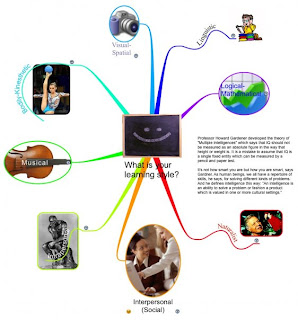Time: 2 sessions (90 min each)
Video: 1,5 min “Give Earth a hand” http://www.youtube.com/watch?v=Ep9MFiWXR8M
Values: environmental protection consciousness, responsibility
Objectives: to acquaint students with environmental protection problems and solutions – to make a video project
Building language awareness: challenging vocabulary (Wordle clouds), passive grammar structures, modal verbs in context
Building cultural awareness: these problems are not national but universal and people must unite to solve them
Teacher’s Tips: potential challenges are using topical vocabulary and relevant grammar structures. To overcome this we should use lex-gram schemes or tables
Lesson Sequence
Pre-viewing task:
Ask your students the following questions:
What do you want to be happy?
Can you do without it?
What can’t you do without it?
Viewing:
Show your students 1,5 min Youtube video “Give Earth a hand”
Discussion
After watching discuss these questions with students:
- What do people really need nowadays?
- Are all those things friendly to the environment?
- What are real values for you personally?
Tell students to post the results in twitter and get the feedback
Building the topical vocabulary
1. Students work in small groups and make Wordle clouds. Think about the following words and expressions to be mentioned:
Air
Pollution
Water
Earth
Rainforest-destruction
Global-warming
Overpopulation
Species-disappearance
Ozon-layer-depletion
Greenhouse-effect
Fresh-air
Purifying-systems
Planting-trees-and-flowers
Food-without-destruction
Being-green
Environmental-protection
Greenpeace
Smog
Nature
Wildlife
Universal-concern
Green-tourism
Recycling
Hazardous-waste
2. Students divide the vocabulary into groups: environment-friendly and harmful to the nature.
3. Students state the problem and find the solution to the problem (using the voc).
4. Group work (3-4 students each)
Using the Internet search (Google, Yandex, Yahoo) students find articles on the following problems:
- Air pollution
- Global warming and climate changes
- Overpopulation
- Hazardous waste
- Water pollution
- Etc.
Students study the problem and make short presentations in groups.
5. Using Skype, Twitter, ICQ, etc. students talk to their mates from other countries to find out what types of pollution are the same and peculiar in different countries? How developed countries can help each other to overcome the problems (the USA, China Russia, etc.)?
6. Students share the information discussed in their blogs to use in further projects.
7. Home assignment: video project promoting ways of solution of the problems presented.






